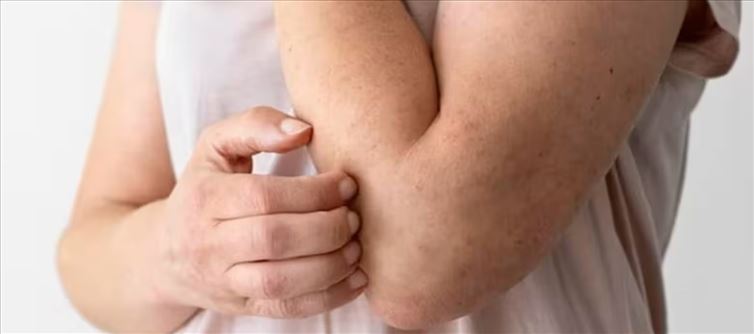
'This illness can manifest with severe symptoms, including high fever, chills, throbbing headaches, body aches, and the formation of a distinct scab-like lesion at the location called 'eschar' where the chigger has bit,' says Dr. nidhi Kamat, Consultant General Physician, General Infectious Diseases at ramakrishna Hospital in Bengaluru's Jayanagar. Swollen lymph nodes, the development of a rash, changes in mental status like disorientation, or in extreme circumstances, even the onset of a coma, may all be signs. Scrub typhus can cause organ failure and haemorrhage in its most severe forms, which might have deadly consequences if prompt treatment is not given.
Treatment and Prevention Tips:
According to Dr. Kritu Bandhari, MD in Dermatology and Cosmetology, the majority of scrub typhus cases are located in rural Southeast Asia, Indonesia, China, Japan, India, and northern Australia; as a result, everyone who lives in or travels to these regions runs the risk of contracting the disease. "Scrub typhus should be treated with the antibiotic doxycycline," she said. Anyone of any age can use doxycycline. It is best to provide antibiotics as soon as symptoms appear. Doxycycline early treatment patients typically make a full recovery. Scrub typhus has no vaccination to prevent it. By avoiding touch with infected chiggers, you can lower your chance of contracting scrub typhus. Avoid going to places where there is a lot of vegetation if you are going to places where scrub typhus is widespread.
According to Dr. Yojana Pokarna, you will often be given antibiotics like doxycycline or azithromycin, but in severe situations, you might need to visit the hospital and receive further care. She suggested the following preventative measures to prevent scrub typhus:
1. Avoid getting bit by mites. Use insect spray, dress in long sleeves, and steer clear of sitting on the ground in mite-prone regions.
2. Maintain a clean environment to decrease mite dwellings.
3. Remove rodents (such as mice), as they might bring on mites.
4. If you are in a region where scrub typhus is prevalent, learn more about it.
5. Visit a doctor right away if you get signs of scrub typhus.
"Avoid areas with thick grass and wear long clothing while using DEET insect repellent," Dr. Subrata Das said in his conclusion. Do not hesitate to get prompt medical help if you show symptoms that resemble scrub typhus. Antibiotics like Doxycycline, which is effective in all age groups and can hasten healing, are likely to be advised by your doctor. Your doctor may also do blood tests, such as the more recent IFA test or the traditional Weil Felix test.




 click and follow Indiaherald WhatsApp channel
click and follow Indiaherald WhatsApp channel